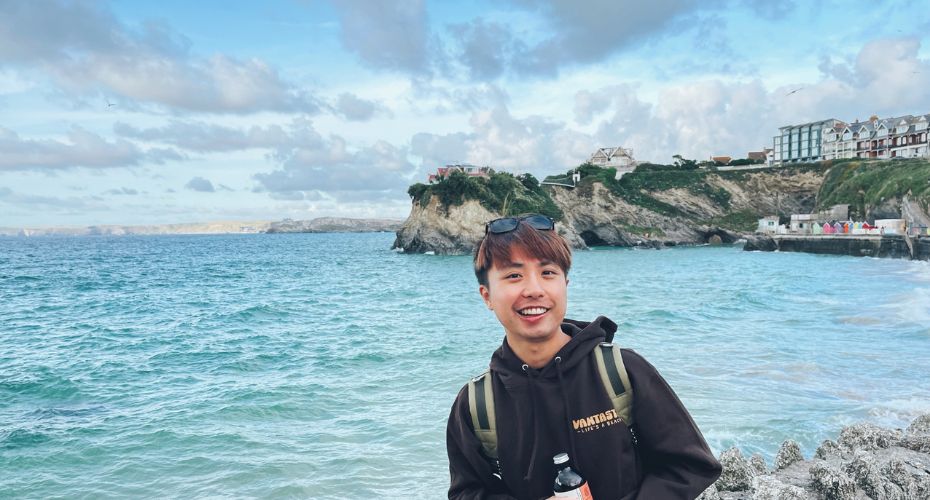
Living in Newquay means I’m surrounded by surfboards, wetsuits, festival leftovers, whether I take part in them or not. I currently don’t surf….unless you count clinging to a bodyboard for dear life (though am tempted to start!) but the boards are everywhere: stacked in shop windows, hanging in bars, leaning against campervans and then there’s Boardmasters, which I experienced for the first time not long after I moved here.
What strikes me most isn’t the glamour of it all but what happens after. Once the music fades, once the boards are cracked or the tents are left behind, there’s this odd atmosphere of remains and it feels at times like living in a seaside graveyard of objects.
The post-Boardmasters morning walk
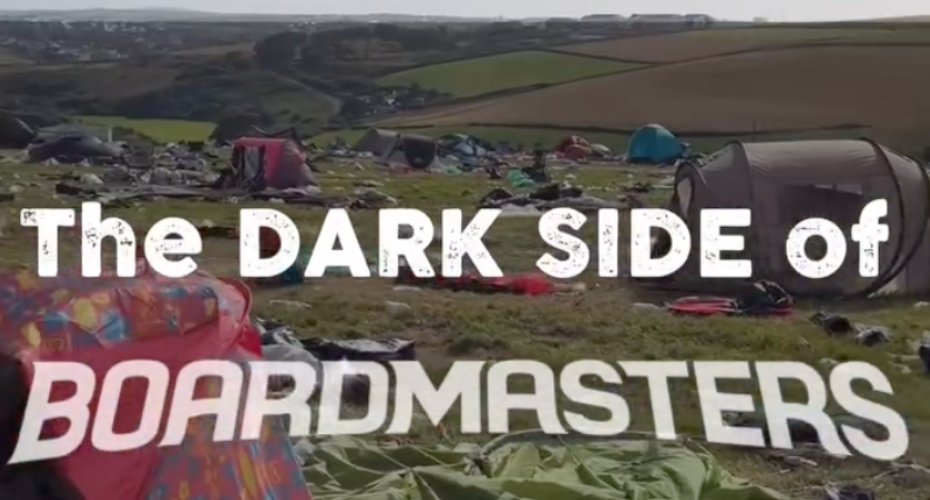
After the festival ended I walked past the fields where campers had stayed. Some had packed neatly and gone; others left collapsed tents, lone chairs, soggy bedding abandoned in the grass and it reminded me of an archaeological site where you can piece together lives from fragments.
I remembered a report on the environmental footprint of UK festivals (Powerful Thinking, 2025). It suggested that waste, travel, energy use all add up and that even well-meaning organisers often fall short. Seeing the debris firsthand made me feel I was glimpsing just a tiny part of a much bigger story.
Mary Douglas’s Purity and Danger (1966) comes to mind when I think about that image: her idea that “dirt” is simply matter out of place. A tent is a cosy home one night and then once it’s abandoned, it shifts category: no longer useful, now waste.
Surfboards I only meet on land
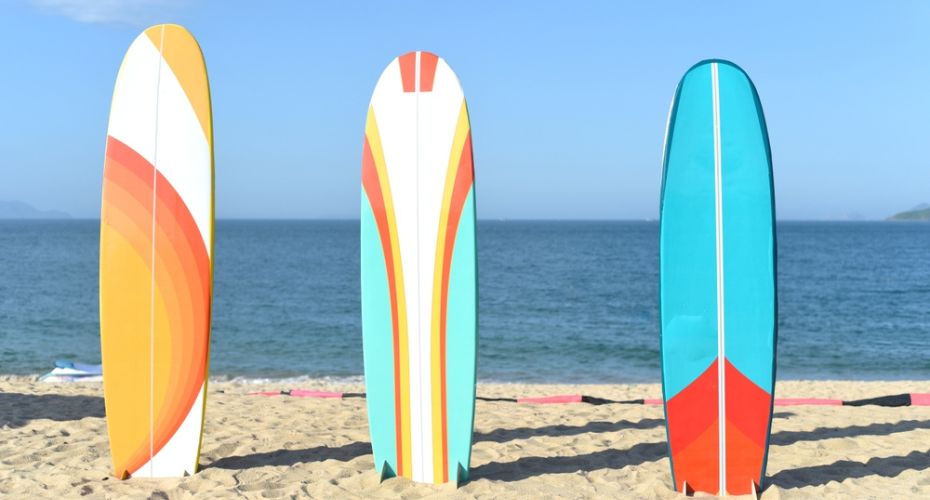
The same goes for surfboards here and I encounter them constantly. In shops, rentals, outside surf schools, they sit with an almost sculptural presence. I’ve learned by talking with shop owners that most boards are made from foam wrapped in fibreglass and resin: light enough to carry to the beach but impossible to recycle once they’re broken.
They stick around. Even when they’re snapped or discarded, they don’t vanish. Jane Bennett’s Vibrant Matter (2010) helps me frame that sense….her idea that materials keep a kind of vitality beyond human use and it feels true here. A surfboard may never touch water again but it doesn’t stop existing; it lingers awkwardly in corners of garages or skips.
I may not have ridden a wave yet but I can definitely see myself giving surfing a go one day, hopefully on a board that’s been upcycled rather than ending up as landfill.
Imagining what else could happen
Living in Newquay it’s easy to see the beginnings of other endings for this gear. I’ve spotted old skateboards turned into shelves in cafés, wetsuits cut into mats, boards propped up as decoration rather than tools.
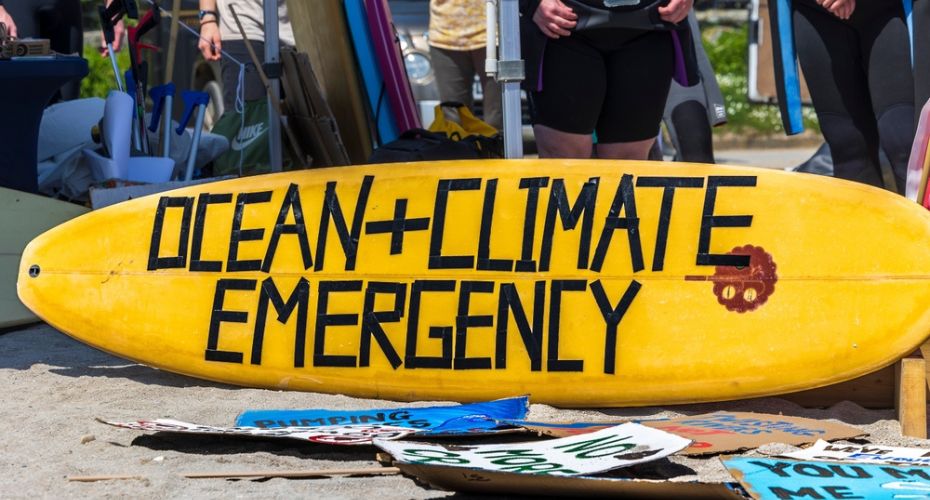
I like to imagine more. Tent poles as plant stakes, festival tarps stitched into picnic rugs, broken boards reimagined as garden trellises. I don’t know if these things happen widely here but thinking about them has changed how I look at the gear I see piled up after the festival or stacked in bins along the beach.
Donna Haraway’s Staying with the Trouble (2016) feels relevant here, her call to keep working with the mess of the world rather than pretending it disappears. The idea of staying tangled with our stuff (even when it breaks or frays) fits the mood of this town, where sea and sand leave traces on everything anyway.
Echoes of Cornish salvage
Cornwall already carries a reputation for salvage. I’ve heard stories about fishing nets reused as hammocks, sails turned into aprons, wood from wrecks repurposed into furniture. I can’t say I know exactly how much of that tradition still exists but walking around Newquay, it feels like a landscape where objects shift forms. What washes up is often what we work with.
The things I don’t see
Still most of the time, I don’t actually see where the waste goes. A pile of broken gear one day is gone the next: the field is cleared, the beach path cleaned and the disappearance itself makes me uneasy.
Reading Timothy Morton’s writing on hyperobjects (2013) gave me a way to think about this: the waste is part of something huge, too dispersed to fully perceive. What I see in Newquay is only the visible fragment of a much bigger afterlife, hidden somewhere beyond town.
My ongoing list of “afterlives”
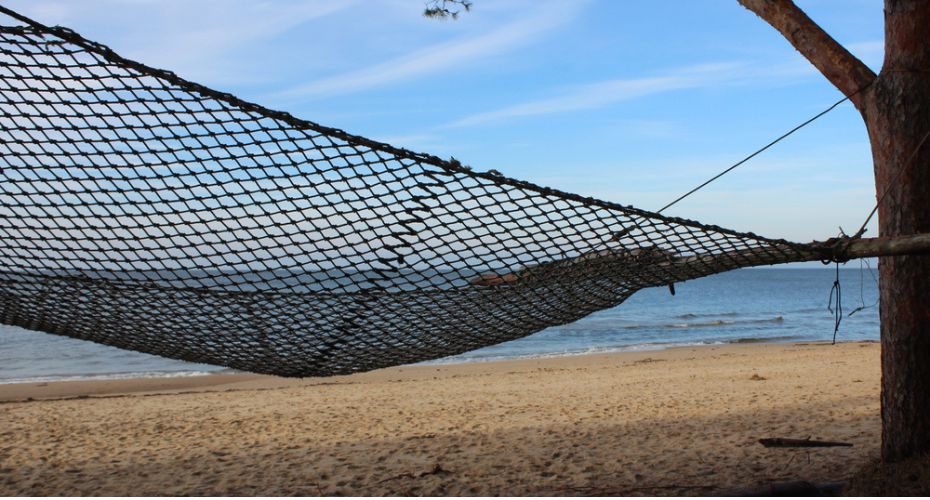
I’ve started keeping a list on my phone of possible afterlives for the gear I encounter:
- Wetsuits turned into laptop sleeves.
- Surfboards reshaped into benches or trellises.
- Tent poles repurposed for bird perches.
- Festival tarps becoming waterproof beach blankets.
- Old skateboards transformed into spice racks.
They’re small things and often only imagined but they help me remember that these objects don’t just vanish when they leave my sight.
Living with ghosts
Newquay sometimes feels like a town of ghosts but not just the kind told in folklore tours. The ghosts are objects too….boards that can’t decay, tents that refuse to compost, wetsuits hanging limp in back gardens.
They don’t really go away. They change form and we live alongside them. And the more I notice that the more I think about what it might mean to give them endings that aren’t just landfills and not to erase them, but to keep them in the landscape as something else.
References
Bennett, J. (2010). Vibrant Matter: A Political Ecology of Things. Duke University Press.
Douglas, M. (1966). Purity and Danger: An Analysis of Concepts of Pollution and Taboo. Routledge.
Haraway, D. (2016). Staying with the Trouble: Making Kin in the Chthulucene. Duke University Press.
Powerful Thinking. (2025). The Show Must Go On Report. Retrieved from https://www.powerful-thinking.org.uk/resources/the-show-must-go-on-report/
Morton, T. (2013). Hyperobjects: Philosophy and Ecology after the End of the World. University of Minnesota Press.
